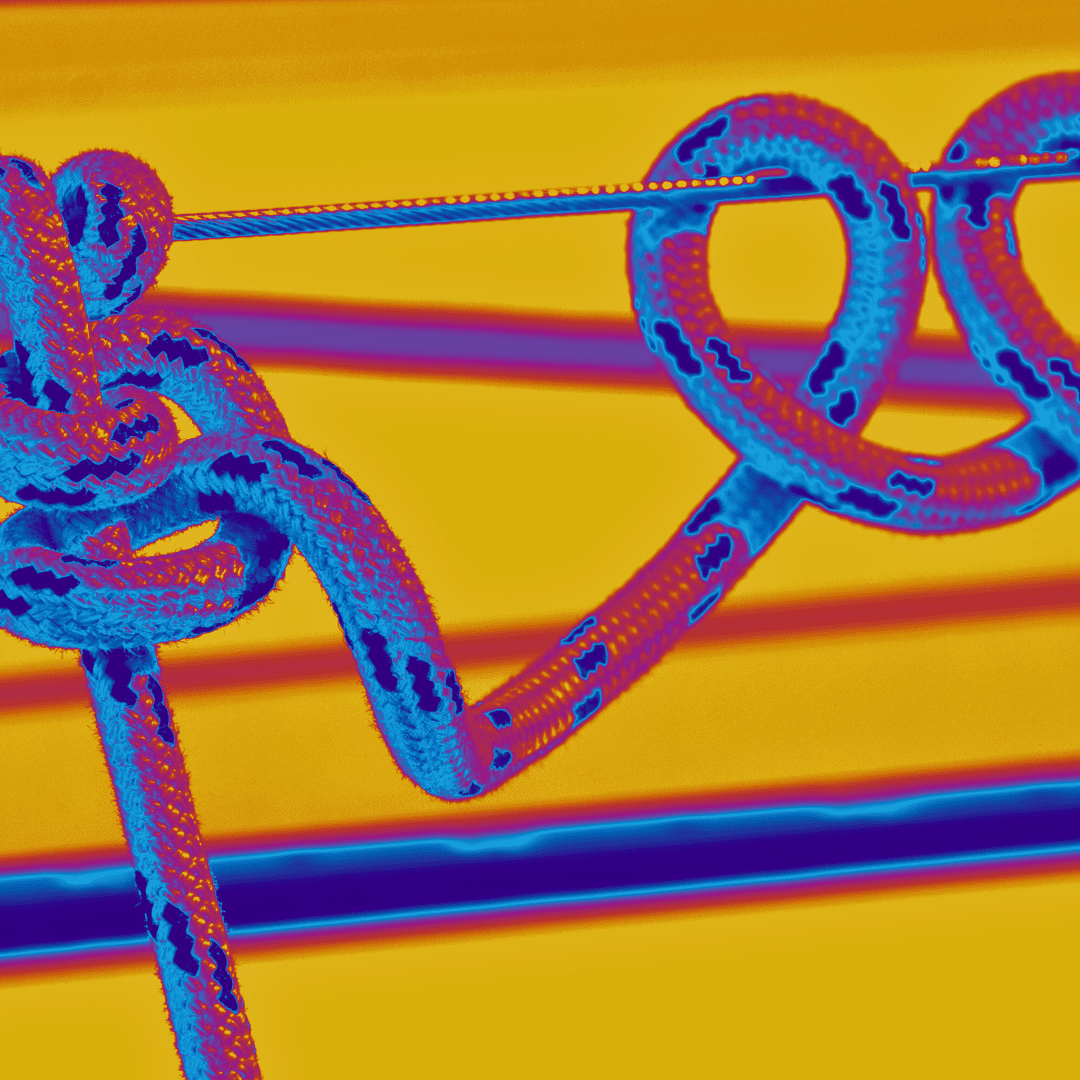One of the critical concepts Adam and I have learned in schema therapy is enmeshment and more specifically, mother enmeshment. Here are some examples you may relate to.
Adam would receive ten calls in a row from his mother if he didn’t answer his phone. He was supposed to be her best friend, as she would say. So he should pick up at the drop of a hat.
My mother felt she needed to control every decision I made, from whom I married to my career and clothes. In her mind, she was protecting me.
Both situations exhibit a high level of enmeshment. Read on to learn more about what this means.
The Grip of Enmeshment: Defining the Mother-Child Dynamic
Enmeshment is an intense form of proximity and dependency in relationships where emotional boundaries are little or do not exist at all. This dynamic is especially evident in certain mother-child bonds where the two individuals have no distinction between feelings, thoughts, and experiences.
The mother (perhaps unconsciously) leans on the child for emotional support, often at the expense of the child’s psychological autonomy. This crippling grip is known as enmeshment.
-Relatable Ladle
In our case, both of our moms were in unhealthy and dissatisfying relationships with our fathers, but they did not seek out therapy or healthier alternatives to coping. Instead, they turned to us to fulfill their needs, wants, and wishes indirectly.
This complicated interdependency can lead to profound identity confusion as the child develops because they have few opportunities to grow self-awareness and self-expression separate from their mothers.
Children in these enmeshed relationships may struggle to recognize their emotional needs and desires. Think of when someone invades your space. You feel violated, and you may want someone to back up. In this dynamic, the child isn’t aware of what’s happening and, therefore, cannot defend themselves or take the appropriate actions to reclaim that space.
This loss of personal boundaries results in challenges in forming relationships outside the family unit. This struggle can stay with them into adulthood. These enmeshed individuals have an internalized model of what relationships should be without clear lines of demarcation.
In other words, the mother is the gatekeeper and must approve actions. The individual may need help understanding the processes inherently associated with relationships because they were not exemplified healthily.
Decisions, preferences, and personal values become a shared family script rather than emanating from the child’s true self.
Key Takeaways
Definition and Implications: Enmeshment forms when the relational lines between mother and child are blurred, impacting the child’s emotional development and identity formation.
Merging of Lives: Individual thoughts, feelings, and actions become increasingly difficult to separate, which will most likely present challenges in other relationships children try to develop and their personal growth.

Signs of an Enmeshed Relationship with Mother
- Shared Emotional Responses: The child will display the same emotional reactions as their mother, regardless of their feelings.
- No Individual Identity: The child struggles to separate their interests, values, and personality from their mother’s.
- Overinvolvement in Each Other’s Lives: Daily choices and actions are heavily influenced or dictated by their mother’s opinions and desires.
- Separation Anxiety: Feeling intense stress or guilt at the thought of pursuing independent experiences away from the mother.
- Personal Success is Dependent: Rather than measuring achievement through personal satisfaction, the mother’s perspective and approval must determine it.
- Struggle with Decision-Making: Struggle to make decisions without seeking the mother’s input or approval.
- Undue Responsibility: Assumes the responsibility for the emotional or physical oversight or roles that the mother or father should have instead (an example would be caring for siblings or the household).
- No Privacy Boundaries: Gives the mother access to personal information or relationships without regard for personal space or privacy.
- Muted Personal Wants: Subduing personal desires to meet the expectations and desires of the mother.
- Surrender of Autonomy: Unable to act autonomously due to a mother’s dominant influence or control over choices.
The Roots of Enmeshment in Child Development
Enmeshment often begins in the early stages of a child’s development. The parent is unconsciously overly involved in their child’s affairs to remain connected.
Attachment theory suggests that children with an anxious attachment style may inadvertently become enmeshed when they constantly seek approval and emotional closeness. A child becomes anxiously attached when a parent responds inconsistently to their child’s needs (Simply Psychology). This inconsistency creates insecurity, compelling the child to survive by over-identifying with the mother’s emotions and behaviors. Without clear emotional boundaries, the child’s ability to develop a separate sense of self apart from the mother is hindered.
Those with disorganized attachments may experience confusion and chaos, leading to deeply tangled emotional relationships with their caregivers. Disorganized attachments are often cultivated from fear or unpredictability in the child’s environment. From this chaos, children in this scenario excessively rely on their mothers for guidance and support, which results in individual feelings and thoughts becoming indistinguishable from those of the parent.
Consequently, these attachment styles leave the child with a dependent and entrenched emotional bond and identity struggles.

Recognizing and Breaking Free from Maternal Enmeshment
Recognizing enmeshment with one’s mother begins with awareness. You might notice in yourself an inability to make decisions without her input or feel responsible for her emotional state. If private thoughts are no longer personal and independence seems like a dream, these could be red flags.
- Reflect on the Relationship: Consider how your mother’s presence and actions shape your daily choices and self-perception.
- Identify Your Feelings: Pinpoint emotions that surface when considering the separation of your identity from your mother’s. Discomfort or fear may emerge, signaling areas where boundaries are needed.
- Consult Professionals: Seek support from therapists or counselors specializing in family dynamics. They offer strategies for detangling these complex threads.
- Establish Boundaries: Communicate your needs clearly, defining which aspects of life are non-negotiable for outside influence. Assure that mutual respect frames this conversation.
- Pursue Individual Activities: Engage in hobbies or interests that foster a sense of self, distinct from the familial unit to cultivate an individual identity and promote personal growth.
- Practice Self-Sufficiency: Make small, assertive steps in decision-making without seeking your mother’s approval. Acknowledge this progress to build confidence.
- Reiterate your Autonomy: Affirm your right to an independent life, reinforcing this stance regularly.
Embarking on this journey towards breaking free from maternal enmeshment is about nurturing one’s own mental health and forging an identity separate from the roles assigned by family ties. It’s a process of regaining control over one’s life, where the goal is healthy interdependence rather than harmful entanglement by setting boundaries.
Embracing Autonomy: A Journey Toward Self-Discovery
Disentangling oneself from the tight grip of maternal enmeshment is a significant stride toward self-discovery. Individuals must embark on this transformative journey to recognize their unique value and capabilities, separate from the influence of a mother’s presence. Recognizing their distinct interests, talents, and aspirations paves the way for personal empowerment.
Autonomy fosters resilience and the ability to make decisions based on one’s convictions rather than a mother’s expectations or desires. Developing a robust sense of self opens doors to opportunities and experiences that align more closely with a personal vision for life, leading to a more fulfilling existence. You cultivate your voice and learn to navigate life’s challenges with confidence.
Personal growth is an ongoing process that entails introspection, setting personal goals, and forging relationships that honor one’s emotional boundaries. The courage to step into the world as an autonomous being brings liberation from the previously constricting familial ties and ushers in an era of self-determined living.
-Relatable Ladle
Do you have an Enmeshed Mother?
Please drop us a comment below! If you’re wondering whether no contact makes sense with this example of parent-child relationships and family enmeshment, check out our article here.
Disclaimer: All content and information on this website including our recipes and blog articles is for informational and educational purposes only and does not constitute medical, psychological, or health advice (for that please always seek the help of a professional in these areas). We do not warrant that the information presented herein is free of any errors or omissions although we do our best to provide information backed by research.

